Author: Cyril Richert
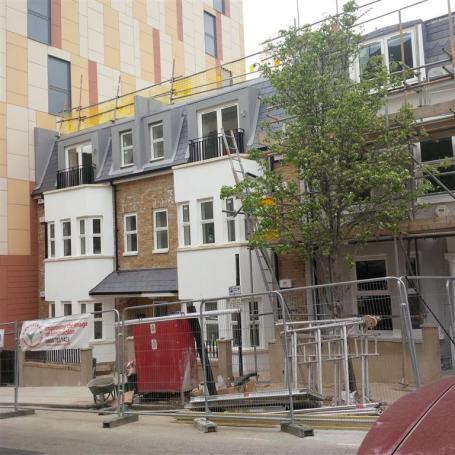
The 6 residential units planned beside Travelodge Hotel in Mossbury Road are nearly completed. It was designed to integrate with the existing Victorian terrace houses of the street and, albeit having only one entrance and extension at the back, it will look like 2 similar houses. The building will comprise 3 x 1 bedroom and 3 x 2 bedroom flats over three floors.
Although part of the same development as the Travelodge hotel (the new residential units are located on Woburn House’s former car-park, now replaced by Travelodge) the residential unites were designed to harmonise gently with the rest of the street and to match the existing Victorian houses (dated from late 19th century!).
Although located in a residential street of the same area, with similar Victorian terrace houses, a comparison with the newly approved building in 4-8 Hafer Road can only highlight the major criticism that we raised on the latest one: a very imposing building, out of context within the Victorian-style of the surrounding and which will harm the amenity of nearby properties.
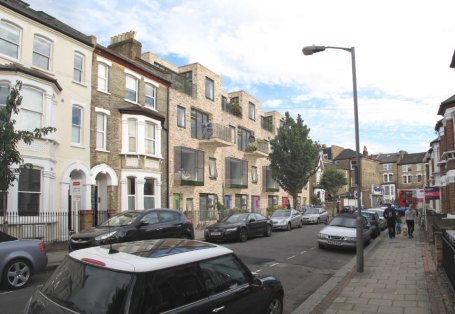
The Mossbury Road scheme shows however that it would have been possible to build residential units while respecting the character of the area.


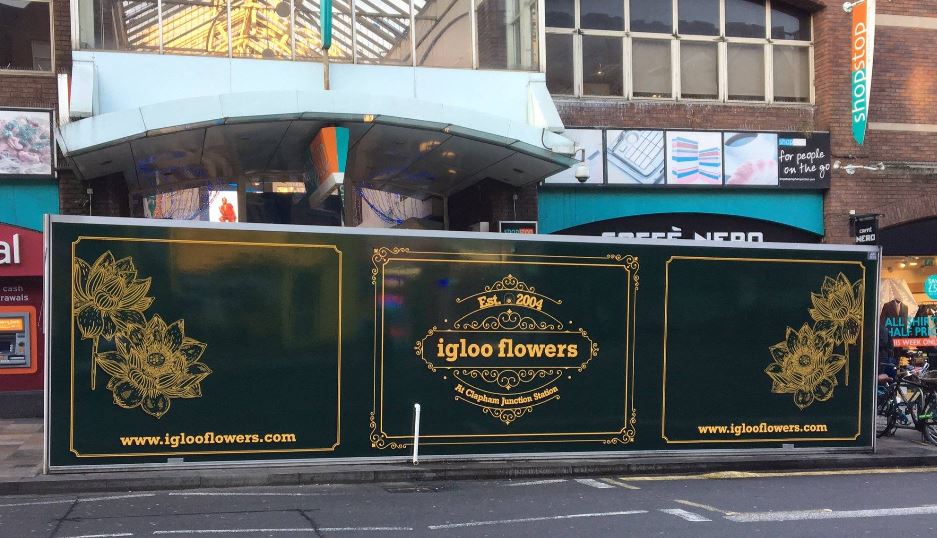
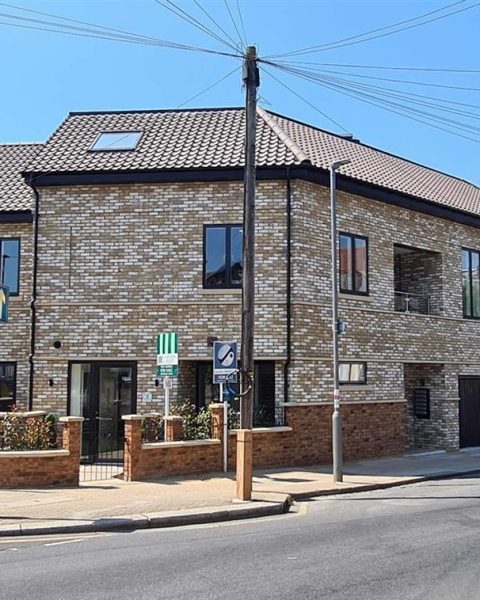
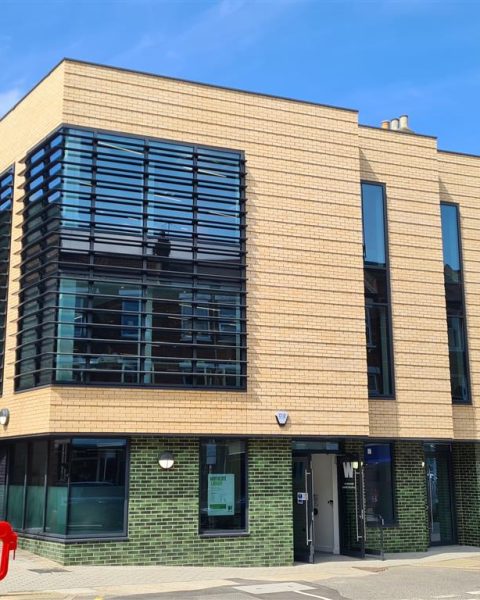
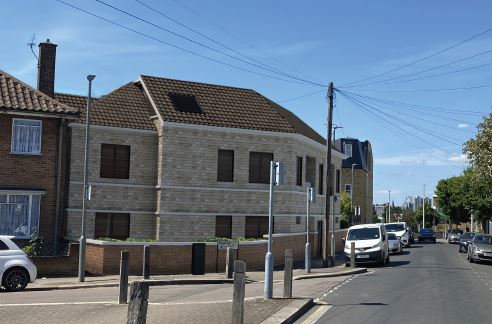



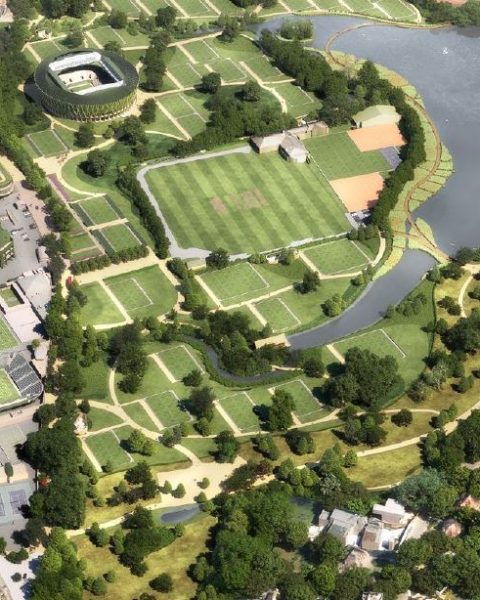
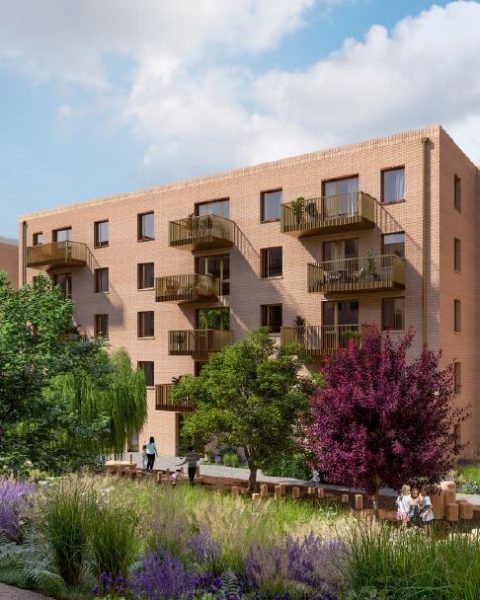





Hi Cyril, while I completely support your general points about planning, as expressed in your open letter to the PM (which I have circulated), I have to say I cannot agree with you on this! To me, the Mossbury Road development is the eyesore, a grotesque pastiche of Victorian architecture. I find the overall style of the Hafer Road development more attractive – the brick facade is sympathetic and the glass box windows are a modern interpretation of Victorian bays. I agree that some aspects could be better – I would have kept the floor levels the same as the adjacent buildings, and set back the whole top floor, so that it was less imposing from the street. However, these are subjective opinions and illustrate the difficult job of the planning authority! If CJAG is in favour of preserving Battersea as a kind of Victorian theme park, then it will not have my support. I would like to see the area enhanced by good, distinctively modern development, that is of an appropriate scale and sympathetic to the predominantly Victorian vernacular.
Many thanks for your kind circulation on the letter/dossier (it was a joint work with the Wandsworth and Putney Societies and Friends of Putney Common).
A lot of other local residents might disagree on the façade, as I heard. It might be a question of taste (however I cannot see how the Mossbury Rd development is an eyesore, as it matches the other properties in its layout; you might be a bit extreme on that).
I have still to see who will be using the glass box (other than storing bikes) as on other similar developments. As you point out, it could have been in much more sympathetic to the street.
In my view, Mossbury is to Victorian architecture what estates of Barratt “cottage-style” executive homes are to real country cottages. We shouldn’t be trying to recreate the past, we should be creating good quality, distinctively new architecture that is sympathetic to its surroundings. We might have to disagree on this!
On the subject we do agree on, what are your plans to publish your open letter? There has been much agreement with it on Streetlife.
Indeed.
The letter has been published on Monday.
The Council reacted saying that we (Putney Society, Wandsworth Society, CJAG and FofPC) are all NYMBYies and we make fake allegations. Not really constructive…
We wait for other – more detailed – responses.
Here here. Well done on putting together the letter, regular updates, and generally being there to make the council accountable. I only wish we had a local paper (as Camden do) that carried some weight to help you in this task.
I’m afraid that on the issue above it really is just a matter of esthetics. I concur with the previous comment about not endlessly trying to replicate the past. Lets move on and most of all lets deal with the burning issue of this generation which is to provide enough housing for all. Incidentally I suspect that enough housing is being built but it is just not being sold to those who need it.
Someone said to me that the Borough News that we had before Brightside was much more informative indeed and they regret it.
Apparently there is a lot of disagreement with my article. This is good as this website is made for exchange and all opinions and discussions are welcome.
Hi Cyril,
I am normally a big fan of your newsletter, but this time I have to agree with the posts above. The Mossbury Road development is quite a poor and blunt copy of a victorian house. It is missing all the subtle nuances that made the buildings of the past so adorable.
Learning that it was part of the Travelodge development makes me feel that it was another missed opportunity to improve an important part of the town centre. No thought whatsoever has been placed into the connection to the hotel, therefore rather than integrating itself naturally into the streetscape it looks like being just stuck in-between two buildings.
The Hafer Road development on the other hand might not be everybody’s taste, but it tries at least to re interpret the historic context in a modern way, taking on board the victorian elements of the brick facade, dormer windows and bay windows and translate it into contemporary architecture. This approach is definitely more innovative than building a not very successful copy of an era from 130 years ago.
I am afraid that I am therefore not sharing your opinion that the Mossbury development sets a good example for house building within a historic context.
You are welcome to both being a fan and disagree with the post. As I said in the NL, we welcome the comments. The objections from the Battersea Society, CJAG and local residents, beside the over-development, highlighted both the lack of harmony of the Haffer’s scheme.
On the other side I had very positive comments from people on the Mossbury scheme (not on the hotel!) some saying they they could consider living there.
Therefore it is interesting to see that it is more a matter of taste apparently (and therefore I must put myself on the old-fashion side: a big fan of both Victorian and Haussmann styles 🙂 ).
Just goes to prove you can’t please all the people all the time. When we did the original designs that got planning permission, after years of negotiation and cost, it was generally agreed, by clients, designers, planners, conservation officers etc etc etc that the residential part of the scheme would be best treated as a sort of stripped down version of the general Mossbury Road context. Virtually every house on the north side has a mansard added and it was mutually agreed that was the best way forward. Hafer Road is quite different, and although I like “contemporary” architecture (whatever that might mean because it’s a continually moving target) I think that those box like add ons are pretty unfortunate. I’ve been around long enough to see several mutations of style from Queen Anne revival, modernist (original), Corb, brutalist, neo brutalist, post modernist, internationalist, neo georgian, post Portmeirion and one could go on. ALL architecture refers in some way to the past. Unfortunately far too many places have recently been debased by a sort of cut out architecture which is then stamped out on every town across the land and you don’t know where you are. At least the Mossbury Road scheme has slate roofs, lead dormers, stock brick and painted render elevations which are a recognisable part of the London tradition going back two hundred years. There is no “victorian” detaiing on the elevations
I should have mentioned that although we got the original planning consent the final design of the building was not done by us and the detailing at roof level has I think suffered and become too “heavy”. This being a recurring design and build and “cost engineering” problem. Going back to the delights of “Victorian” architecture you need to remember that the Victorian period was noted for several battles of style, the most notable being the rebuilding of Parliament. During the period you had the last vestiges of late Georgian, Neo Eygptian, Neo Classical, Gothic Revival (in several forms), Neo Dutch/Flemish, geneneral mediaevalism, merging into Art Nouveau. As soon as you draw a line of any sort there will be someone saying it should be straight if drawn curved and vice versa. Everybody has become a design expert these days and one wonders why it is that practically everywhere you look cities, towns and villages are all looking remarkably similar.
http://www.homesandproperty.co.uk/property-news/buying/new-homes/if-it-failed-we-d-all-lose-eight-clapham-neighbours-demolished-their-council-block-rebuilt-their-a107891.html#gallery
https://www.architectsjournal.co.uk/buildings/is-peter-barbers-hafer-road-really-co-housing/10008345.article
This was definitely a DO….
In your opinion. Personally I feel that there are some pretty insensitive collisions between the scheme and the adjoining properties. You will never get two designers to agree, fortunately, or unfortunately.